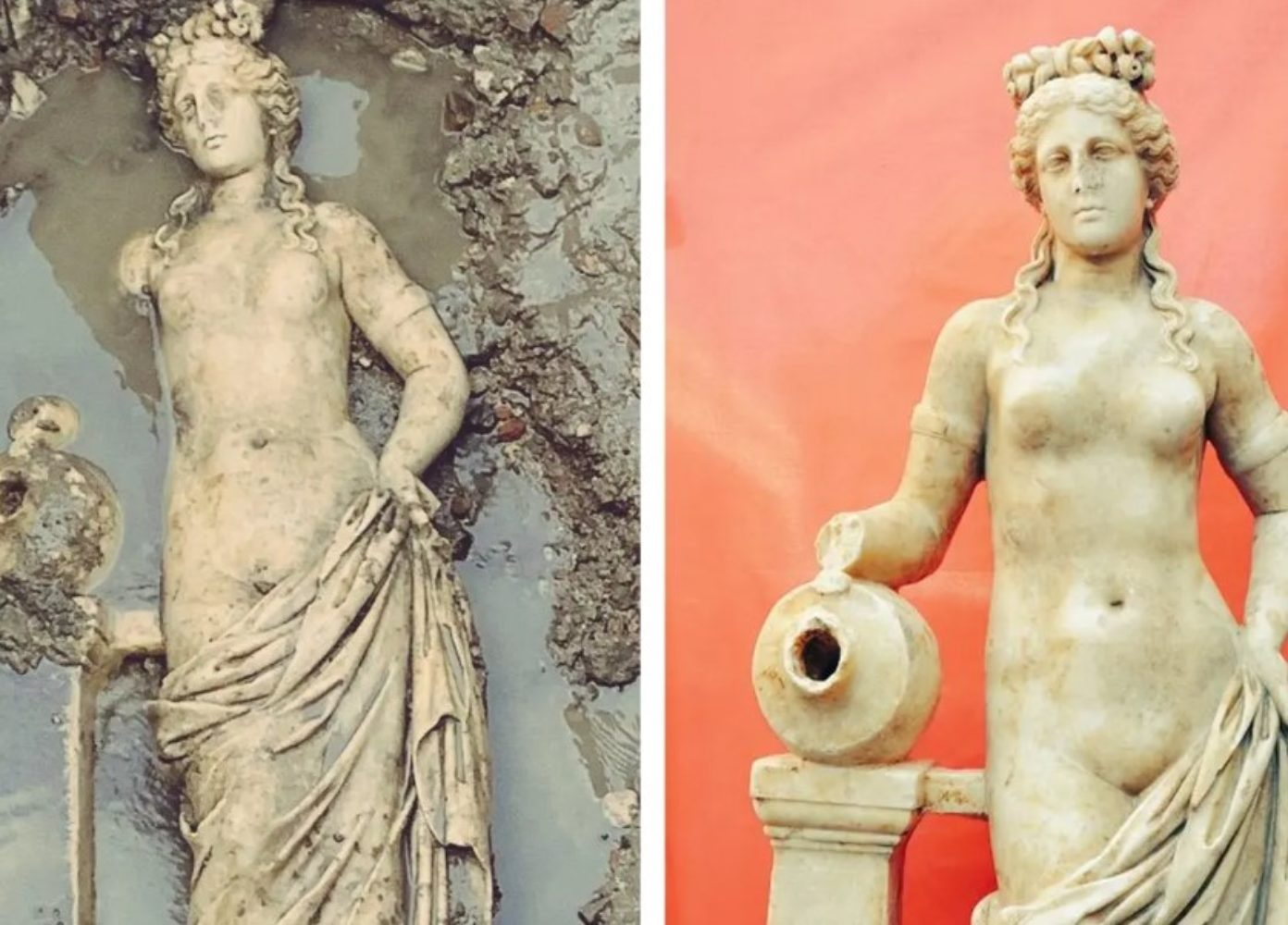The second part
of the Periplus covers the section From
the Thracian Bosporus to Trapezus.
As mentioned
earlier in About Arrian’s Periplus of the Euxine Sea, it could not be established whether this chapter
reflects Arrian's personal experience or not. One theory is that he wrote it upon arrival in Trapezus after Hadrian appointed him governor
of Cappadocia in 131 AD.
We should also keep in mind that Arrian was a native of Bithynia, which bordered the south shores of the Black Sea over approximately one-third of its total length. Consequently, he knew the people and the geography of that area very well. As an admirer of Xenophon, he was familiar with the route followed by the Ten
Thousand as they marched from Trapezus
to Byzantium
following the seashore.

Whatever the
case, this section of the Periplus includes an impressive list of the harbors
and rivers on the southern shore of the Black Sea among which are the cities of
Herakleia-Pontus
founded by the Megarians and the Boeotians at the mouth of the Lycus
River; Tios, at the mouth of the Billaeus River and a colony of Miletus; Amastris (modern Amasra) that had a harbor 17 kilometers from
the River Parthenius; Sinope, another colony of Miletus and home of Diogenes; Amisus,
an Athenian colony between the Halys and the Iris River deltas; and, finally, Cotyora,
a colony of Sinope.
Ever since the days of the Hittite Empire, which reached its height in the 14th century BC, the Halys River was the border between several kingdoms; first between Lydia and the Persian Empire, then between the Pontic Kingdom and the Kingdom of Cappadocia. By the 6th century BC, it separated Lydia from Media until King Croesus crossed the river to attack Cyrus the Great and was defeated.
It is worth
mentioning that a 1.50-meter-tall statue of Aphrodite has been discovered
recently in ancient Amastris. It could be established that it is a Roman copy from
between 180 and 200 AD that was inspired by Praxiteles’
school in the 4th century BC. The ancient city was named after Amastris, the niece of King Darius III, who married Dionysos, the tyrant of Herakleia-Pontus.
The map included
in my post About
Arrian’s Periplus of the Euxine Sea is most useful for locating all the
cities, harbors, and rivers mentioned above.
It should be
said that while inspecting the Cappadocian frontier harbors in 123 AD, Emperor Hadrian had already visited part
of the southern Euxine
Sea, including Trapezus.
With this in mind, Arrian now informed
the emperor that Trapezus was building a new harbor, replacing the mooring where
ships could only anchor in summer.
It is quite amazing
to see so much geography and history being exchanged. We tend to forget the many
lines of communication that existed in antiquity, with traders, merchants, scholars,
philosophers, astronomers, kings, and emperors traveling far and wide, by land and
by sea.
[to be continued in Part 3]


No comments:
Post a Comment